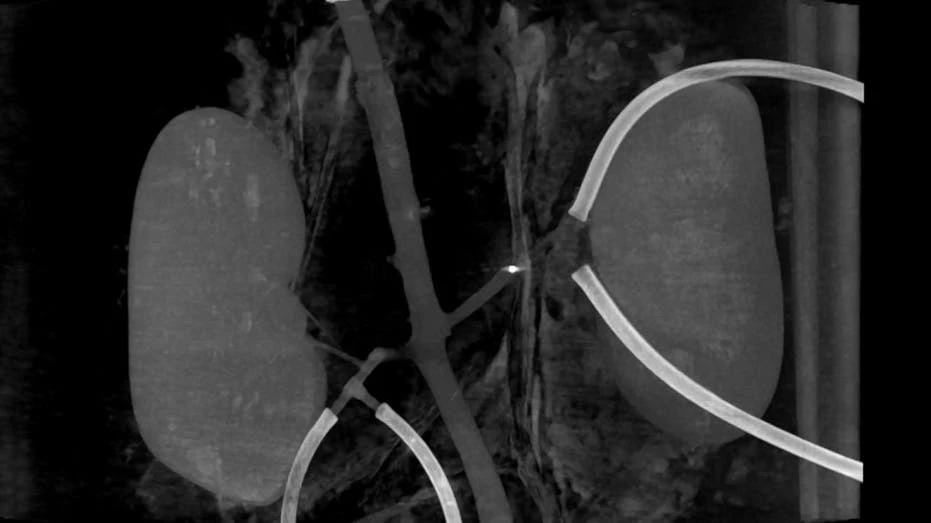How tiny corkscrew robots could save lives by Breaking up blood clots
A robot invention by scientists in the Netherlands aims to break up blood clots without the use of surgery or drugs to prevent strokes, heart attacks and death.
The Groundbreaking Invention
In a revolutionary approach to combating blood clots, scientists in the Netherlands have developed tiny corkscrew robots that swim through blood vessels, targeting and Breaking up clots. These innovative millirobots are around the size of a grain of rice and are designed to navigate blood vessels to access and treat blood clots, a significant Health concern that can lead to life-threatening conditions such as strokes and heart attacks. This breakthrough technology offers a potential solution that could save countless lives by effectively addressing blood clots without resorting to invasive surgeries or drugs.
Exploring the technology
The millirobots feature a corkscrew-shaped body housing a small magnet, allowing them to move and navigate through blood vessels. Upon insertion into the bloodstream through a cannula, an external rotating magnet is used to control the movement of these tiny robots. This external force enables the millirobots to effectively drill into the clots, Breaking them down into manageable pieces that can be carried away by the blood. This minimally invasive approach presents a promising alternative to traditional methods, potentially reducing the need for surgery and its associated risks, as well as minimizing the adverse effects of drugs.
Testing and Development
The researchers at the Technical Medical Centre of the University of Twente conducted experiments utilizing a real aorta and kidneys to assess the efficacy of the millirobots in Breaking up clots within blood vessels. The preliminary results demonstrated the potential of these tiny robots in effectively addressing blood clots, highlighting the possibility of further enhancement with a more powerful external magnet. The continuous development of this technology, driven by a collaboration between Radboud University Medical Center and Triticum Medical, aims to refine the efficiency and safety of the millirobots, paving the way for their broader application in medical treatments.
Benefits and Future Prospects
The introduction of millirobots into medical practices offers numerous benefits, including the potential to treat hard-to-reach blood clots without the need for invasive procedures or pharmaceutical interventions. Furthermore, these tiny robots could facilitate targeted drug delivery to specific areas of the body, minimizing side effects and maximizing the therapeutic impact. As the technology continues to evolve, the researchers are exploring additional applications for millirobots, such as addressing arterial blockages and removing plaque, which could significantly improve treatment options for various medical conditions.
Impact and Implications
As the development of millirobot technology progresses, its potential impact on Healthcare and patient outcomes is substantial. With the ability to effectively address blood clots and potentially expand into Other medical applications, these tiny yet powerful robots have the capacity to revolutionize medical treatments. By offering a minimally invasive and targeted approach to addressing Health issues, the millirobots could significantly improve the quality of care and outcomes for millions of individuals worldwide.
Looking Ahead
As the research and development of millirobots continue to advance, the prospects of nanotechnology and Robotics in medical applications appear increasingly promising. The potential to leverage these innovative technologies in addressing complex medical conditions holds the promise of enhancing patient care and improving Health outcomes. While the exploration of nanotechnology and Robotics in the medical field presents exciting opportunities, ongoing research and careful consideration of their implications will be crucial to realizing their maximum potential and ensuring their safety and efficacy.
Source: foxnews








No Comments